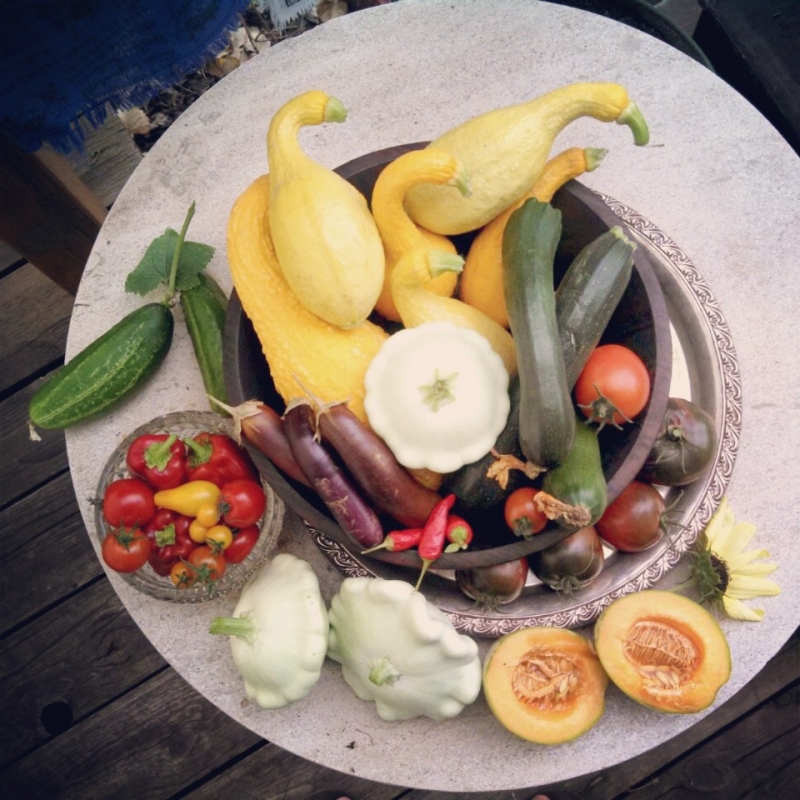An Invincible Summer Within… After All
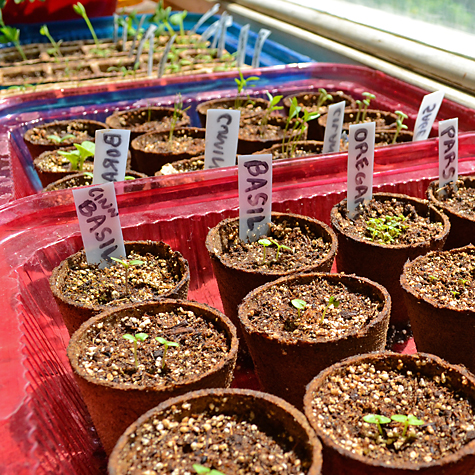 Seed catalogues are a wonderful diversion for me in the cold grip of a northern winter. Flipping through the pages, I fan my tiny flame of hope that spring will indeed arrive. Usually by the beginning of March I have to sit on my hands to keep from starting plants too early for this Montana climate. When our last frost date rolls around by mid May (MAY!) the cloched landscape of my garden betrays my eagerness to get growing. I fall asleep scheming my garden plan, while visions of pickled beets dance in my head.
Seed catalogues are a wonderful diversion for me in the cold grip of a northern winter. Flipping through the pages, I fan my tiny flame of hope that spring will indeed arrive. Usually by the beginning of March I have to sit on my hands to keep from starting plants too early for this Montana climate. When our last frost date rolls around by mid May (MAY!) the cloched landscape of my garden betrays my eagerness to get growing. I fall asleep scheming my garden plan, while visions of pickled beets dance in my head.
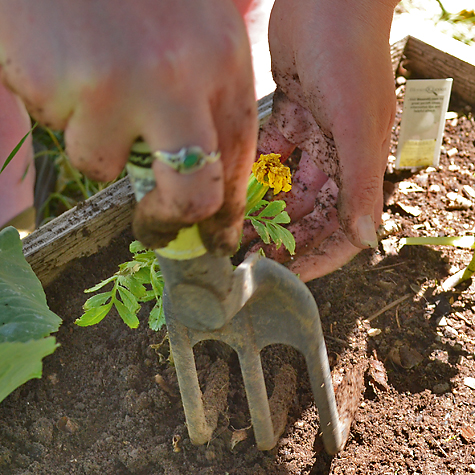 I’ve been gardening for a couple of decades now and each year I learn something new on a fundamental level that absolutely blows my mind. Sometimes it’s related to the plants themselves, but more often than not it is the life lessons that keep me coming back to work the plot. This year I had zero of that anticipatory buildup to planting. I planned not. If I’m being really honest, I wasn’t even sure I was going to plant a garden come May. The spark just wasn’t there, but there is something to be said for going through the motions. Bit by bit the garden got planted and in perfect alignment with favorable aspects to the moon, no less! I think that might be what’s called, perfect timing.
I’ve been gardening for a couple of decades now and each year I learn something new on a fundamental level that absolutely blows my mind. Sometimes it’s related to the plants themselves, but more often than not it is the life lessons that keep me coming back to work the plot. This year I had zero of that anticipatory buildup to planting. I planned not. If I’m being really honest, I wasn’t even sure I was going to plant a garden come May. The spark just wasn’t there, but there is something to be said for going through the motions. Bit by bit the garden got planted and in perfect alignment with favorable aspects to the moon, no less! I think that might be what’s called, perfect timing.
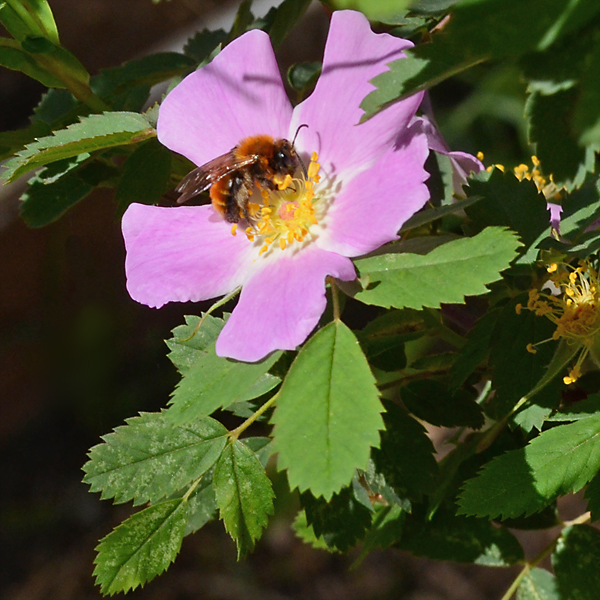 Gardening all these years has paid dividends in the knowledge department, as well. Some years are busier than others and this year we decided that if the garden was going in at all it had to be easy. So, we let it be easy. We finally know how to work smarter, not harder. In the end, as cliché as it truly sounds, the work was it’s own reward. Gardening has a funny way of being like that.
Gardening all these years has paid dividends in the knowledge department, as well. Some years are busier than others and this year we decided that if the garden was going in at all it had to be easy. So, we let it be easy. We finally know how to work smarter, not harder. In the end, as cliché as it truly sounds, the work was it’s own reward. Gardening has a funny way of being like that.
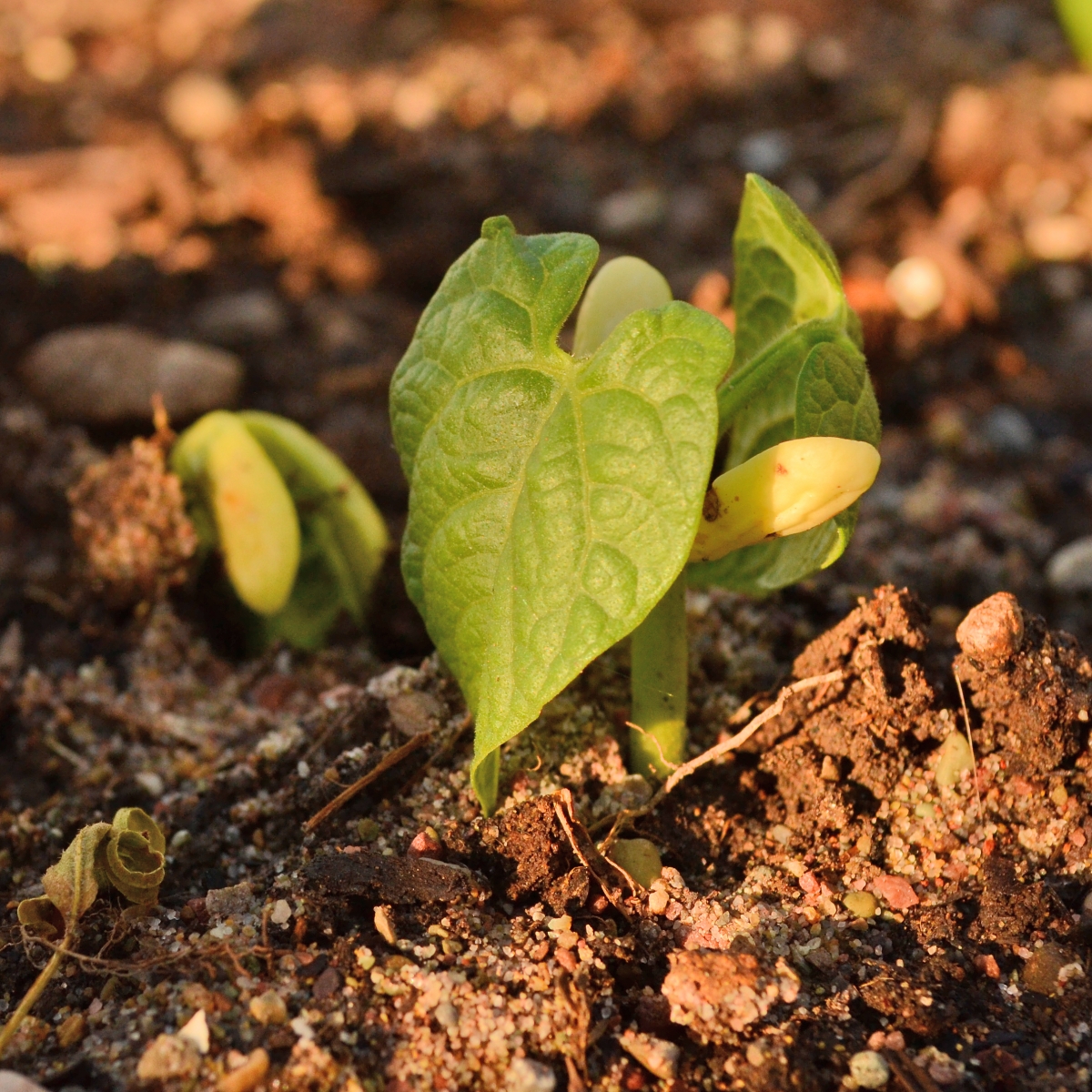 After two consecutive warrior weekends everything is in the ground and growing like gangbusters. Conditions were perfect the first few days after transplanting, cooler with periodic rain. Then just like clockwork, an unseasonably warm spell kicked everything up several notches in the germination department. I’ve almost never seen sprouting rates like I have the past two weeks. Let us hope this is an omen of good fertility for the season ahead!
After two consecutive warrior weekends everything is in the ground and growing like gangbusters. Conditions were perfect the first few days after transplanting, cooler with periodic rain. Then just like clockwork, an unseasonably warm spell kicked everything up several notches in the germination department. I’ve almost never seen sprouting rates like I have the past two weeks. Let us hope this is an omen of good fertility for the season ahead!
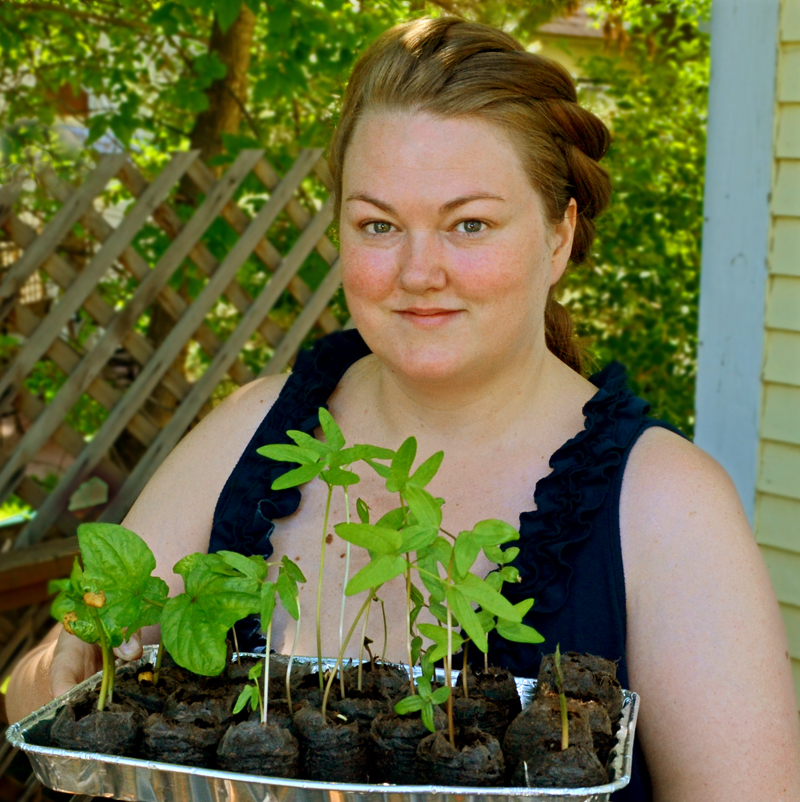 Writing about gardening and gardening, itself are two very different pursuits! My creaky bones and weary muscles are welcoming a little break in the desk chair after working so hard outdoors the past couple of weeks. I am getting reacquainted with muscles I forgot I had (and making pledges to myself about ways to improve my strength and up my gardening game)! I can hardly come up with a more holistic pursuit than growing one’s own food as a way to nourish body, mind and spirit. I am so glad I pushed on, stretching past my limits, honoring the power of ritual because just like a seed the smallest intention can sprout into being with a little love and care each day.
Writing about gardening and gardening, itself are two very different pursuits! My creaky bones and weary muscles are welcoming a little break in the desk chair after working so hard outdoors the past couple of weeks. I am getting reacquainted with muscles I forgot I had (and making pledges to myself about ways to improve my strength and up my gardening game)! I can hardly come up with a more holistic pursuit than growing one’s own food as a way to nourish body, mind and spirit. I am so glad I pushed on, stretching past my limits, honoring the power of ritual because just like a seed the smallest intention can sprout into being with a little love and care each day.
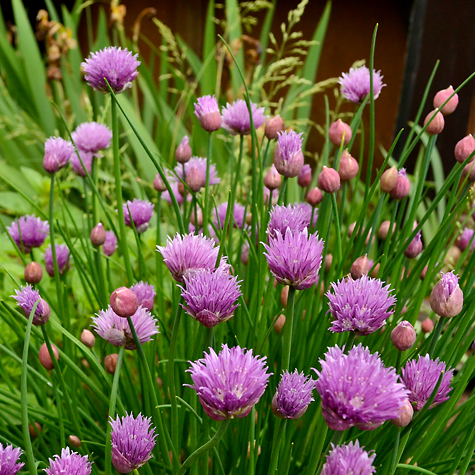
Wishing all my readers a bumper crop this year, whatever it is you are growing!
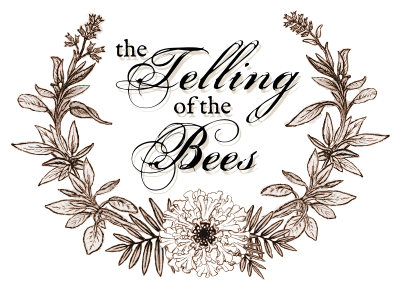
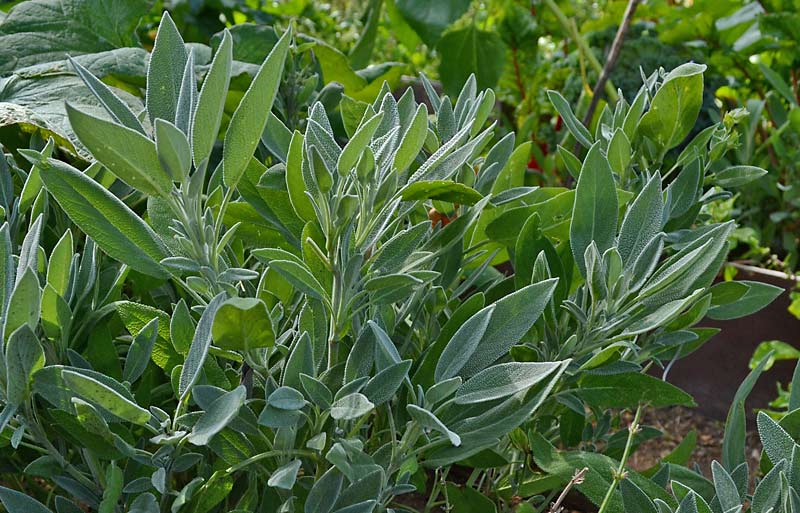
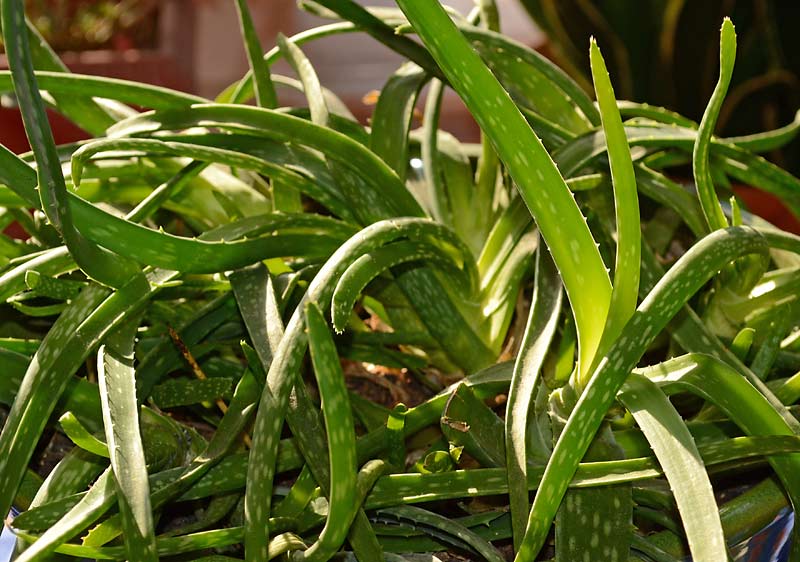
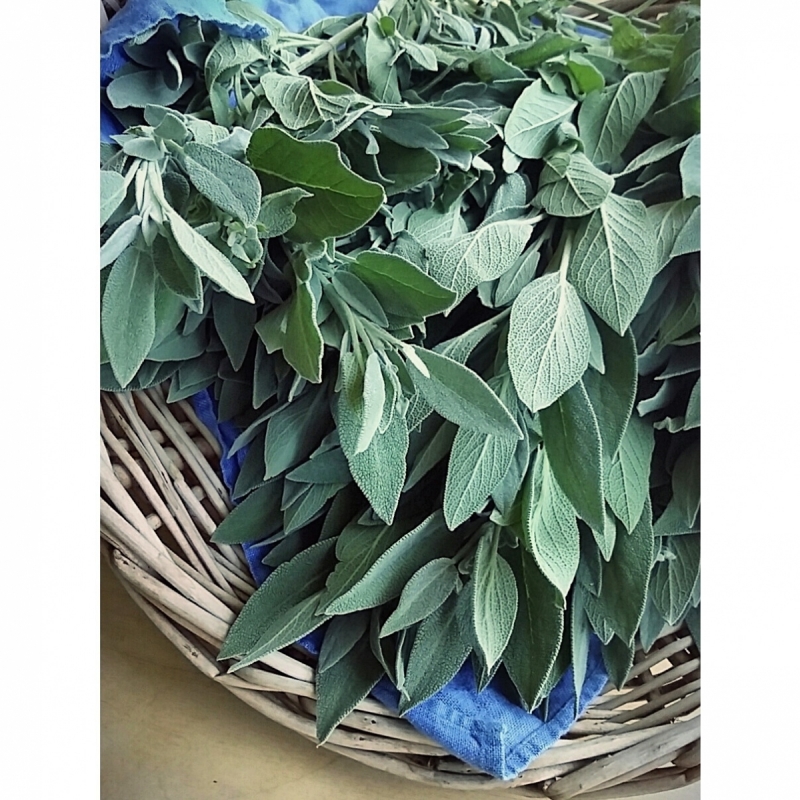
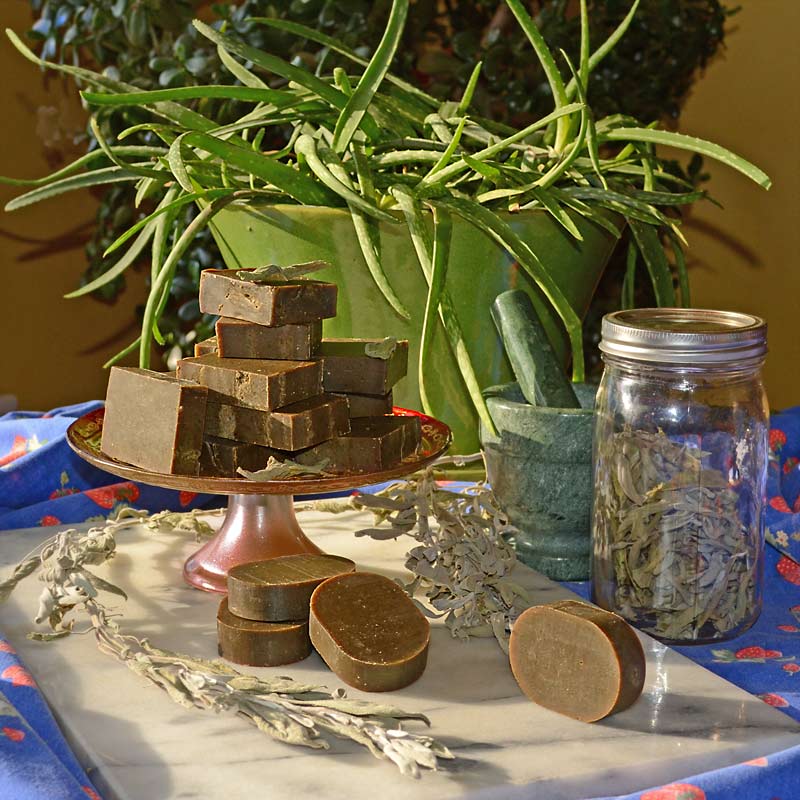
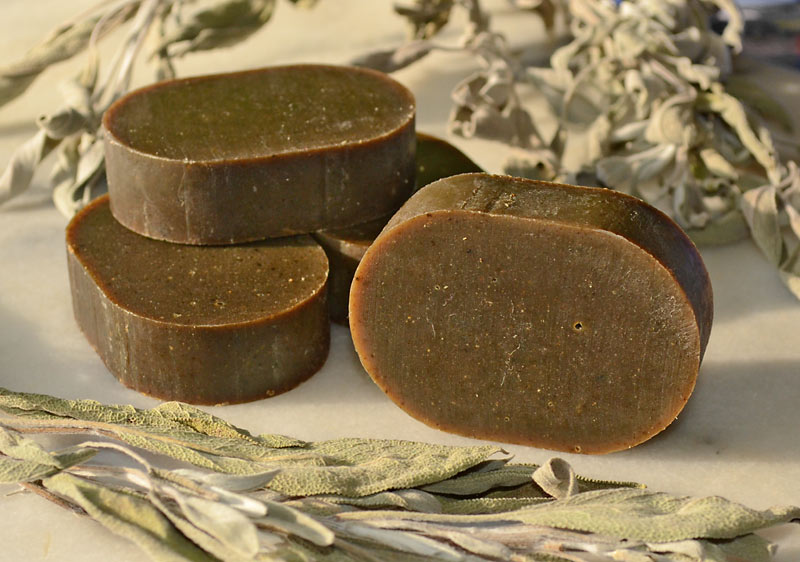
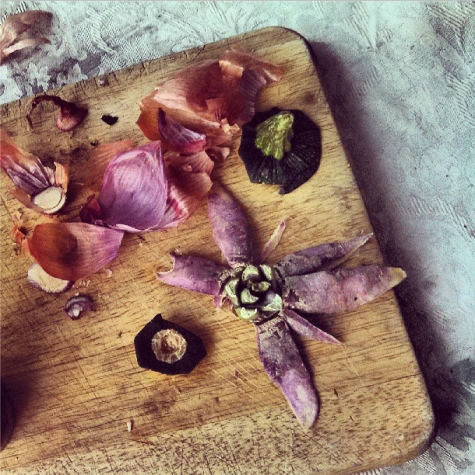
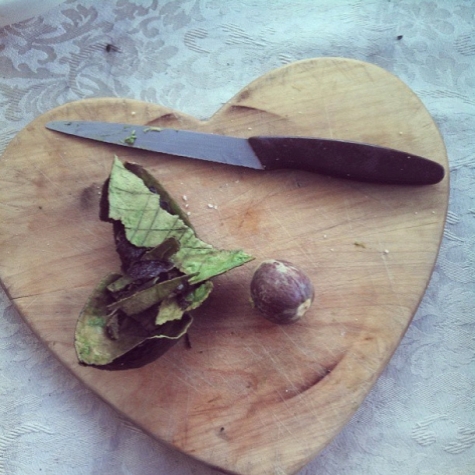
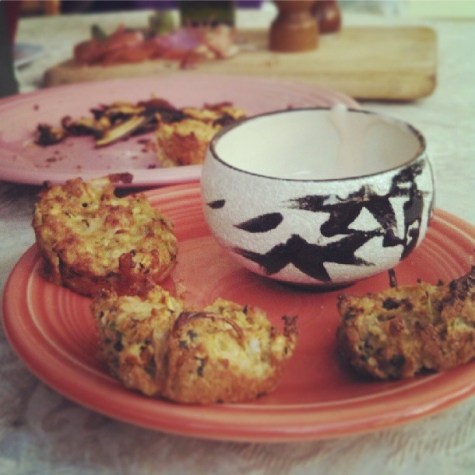
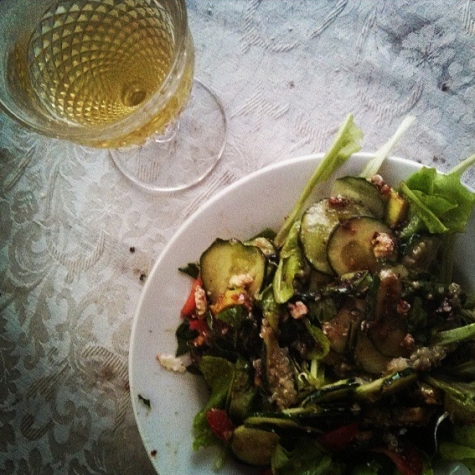
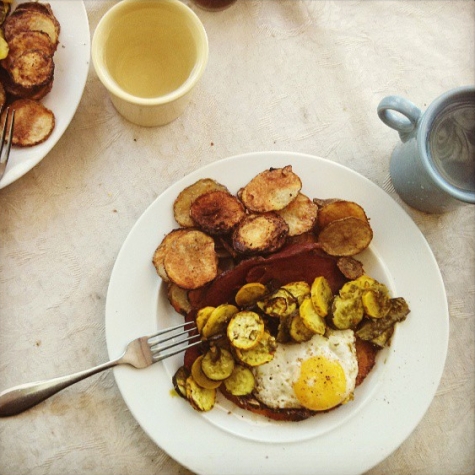
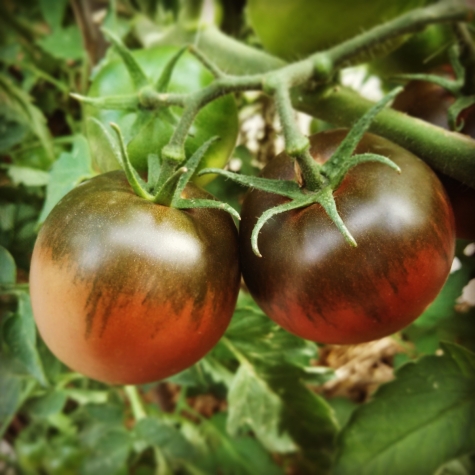 It’s an exciting time to be a food enthusiast in America. The last decade has seen a gorgeous renaissance in our cultural approach to food. In the pacific northwest locally produced, seasonal produce is de rigeuer for any restaurant worth their salt. Home cooks overwhelmingly take the same approach. The reward for waiting until a fruit or vegetable is in season is in the food, itself. Nature cannot be forced and expected to produce results that are the same as when she is on her own schedule. I like ‘once a year foods’ things that can be indulged in because they aren’t consumed daily. The same holds true for seasonal produce. If you’ve ever plucked a ripe apple from a tree and eaten it right there on the spot, you have experienced ‘farm to table’ and you know the difference. It takes some planning to eat seasonally, but it is so worth it. I truly believe it is the little things in life that make it worth living. That’s how I feel when tasting the first blueberries of the season, or slicing into a juicy Black Krim heirloom tomato in the height of summer. Some things really are better than convenience.
It’s an exciting time to be a food enthusiast in America. The last decade has seen a gorgeous renaissance in our cultural approach to food. In the pacific northwest locally produced, seasonal produce is de rigeuer for any restaurant worth their salt. Home cooks overwhelmingly take the same approach. The reward for waiting until a fruit or vegetable is in season is in the food, itself. Nature cannot be forced and expected to produce results that are the same as when she is on her own schedule. I like ‘once a year foods’ things that can be indulged in because they aren’t consumed daily. The same holds true for seasonal produce. If you’ve ever plucked a ripe apple from a tree and eaten it right there on the spot, you have experienced ‘farm to table’ and you know the difference. It takes some planning to eat seasonally, but it is so worth it. I truly believe it is the little things in life that make it worth living. That’s how I feel when tasting the first blueberries of the season, or slicing into a juicy Black Krim heirloom tomato in the height of summer. Some things really are better than convenience.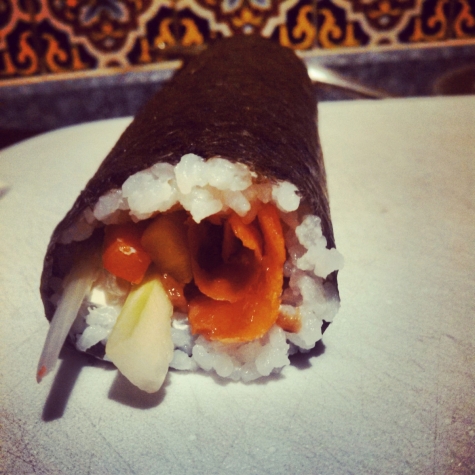 I’ve been cooking now for nearly 20 years and I know what I like. I have little tricks and tips picked up along the way and I like to marry divergent techniques and tastes. I’ll just let you in on one of my my ‘secret ingredients.’ Nothing packs the umami punch like umeboshi plum vinegar. It’s my go to for dressing salads and vegetable dishes. A dash will set your hollandaise just right. I’ll even garnish soup with it. I love ume boshi. The same is true for capers, often overlooked, but always welcome. Anchovies, too are a fantastic garnish. With all of these things its the flavor enhancing quality I am after. They are a little unusual and that is how these ‘secret ingredients’ set my cuisine apart. I strongly encourage all serious home cooks to develop your own arsenal of flavor. This is what separates the amateurs from the heavy hitters. Feel free to borrow inspiration from Umeboshi, you’ll be glad you did.
I’ve been cooking now for nearly 20 years and I know what I like. I have little tricks and tips picked up along the way and I like to marry divergent techniques and tastes. I’ll just let you in on one of my my ‘secret ingredients.’ Nothing packs the umami punch like umeboshi plum vinegar. It’s my go to for dressing salads and vegetable dishes. A dash will set your hollandaise just right. I’ll even garnish soup with it. I love ume boshi. The same is true for capers, often overlooked, but always welcome. Anchovies, too are a fantastic garnish. With all of these things its the flavor enhancing quality I am after. They are a little unusual and that is how these ‘secret ingredients’ set my cuisine apart. I strongly encourage all serious home cooks to develop your own arsenal of flavor. This is what separates the amateurs from the heavy hitters. Feel free to borrow inspiration from Umeboshi, you’ll be glad you did.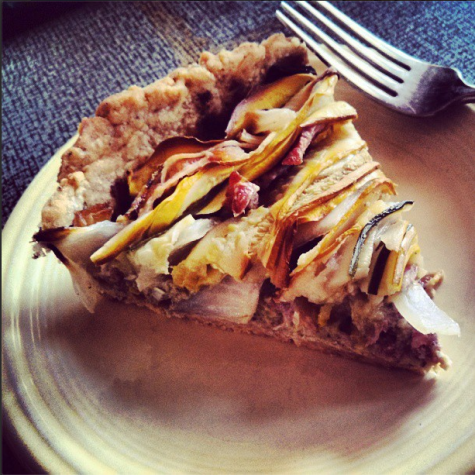 I had an interesting revelation recently, the kind that is just so obvious one can hardly believe something so simple had been unnoticed by them for so long. After Downton and Sherlock had concluded I sat watching a travel program on Public Television. Rick Steves and I were transported to Provençal France. Naturally food is an important feature on a program about Provence. I’ve always been drawn to Mediterranean cuisine and I even edited and published a cookbook on Italian food in 2012. I had never made a study of what qualifies as Provencal cuisine, but after learning about it on the program I realized that much of my natural cooking instinct seems to be informed by this region. How fascinating! I was brought up largely on continental fare, and I do enjoy a rich sauce occasionally, but as with some of the heavier Italian sauces, there is a limit to how much one can and should consume. The Provençal style of French cooking speaks so directly to my regional, local, seasonal approach, as well as to my predilection to feature vegetables predominantly in my meals. Now I have something new to study and incorporate into my repertoire.
I had an interesting revelation recently, the kind that is just so obvious one can hardly believe something so simple had been unnoticed by them for so long. After Downton and Sherlock had concluded I sat watching a travel program on Public Television. Rick Steves and I were transported to Provençal France. Naturally food is an important feature on a program about Provence. I’ve always been drawn to Mediterranean cuisine and I even edited and published a cookbook on Italian food in 2012. I had never made a study of what qualifies as Provencal cuisine, but after learning about it on the program I realized that much of my natural cooking instinct seems to be informed by this region. How fascinating! I was brought up largely on continental fare, and I do enjoy a rich sauce occasionally, but as with some of the heavier Italian sauces, there is a limit to how much one can and should consume. The Provençal style of French cooking speaks so directly to my regional, local, seasonal approach, as well as to my predilection to feature vegetables predominantly in my meals. Now I have something new to study and incorporate into my repertoire.